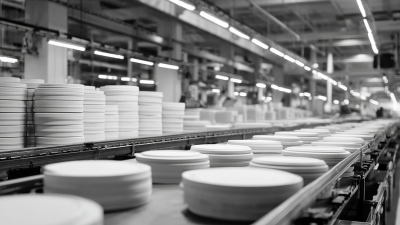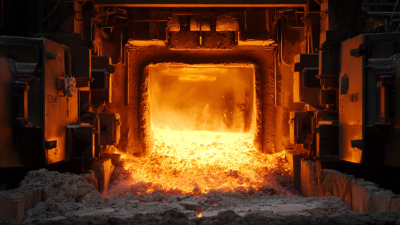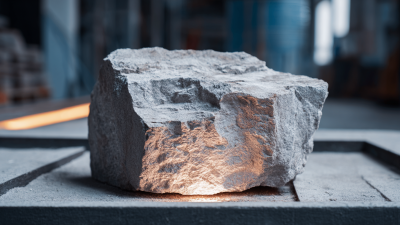Leave Your Message
Refractory saggers play a pivotal role in high-temperature applications across various industries, particularly in ceramics and glass manufacturing. According to a recent report by the International Journal of Advanced Manufacturing Technology, the demand for high-performance refractory materials, including saggers, is projected to grow at a CAGR of 6.2% over the next five years. This surge in demand highlights the importance of refractory saggers that can withstand extreme temperatures while maintaining structural integrity. These specialized containers not only protect delicate items during firing processes but also enhance energy efficiency by minimizing heat loss. Furthermore, advancements in refractory material technology have led to improved durability and thermal shock resistance, crucial factors for industries pushing the envelope of high-temperature processing. As manufacturing processes evolve, understanding the functionality and benefits of refractory saggers becomes essential for optimizing performance and achieving superior product quality.
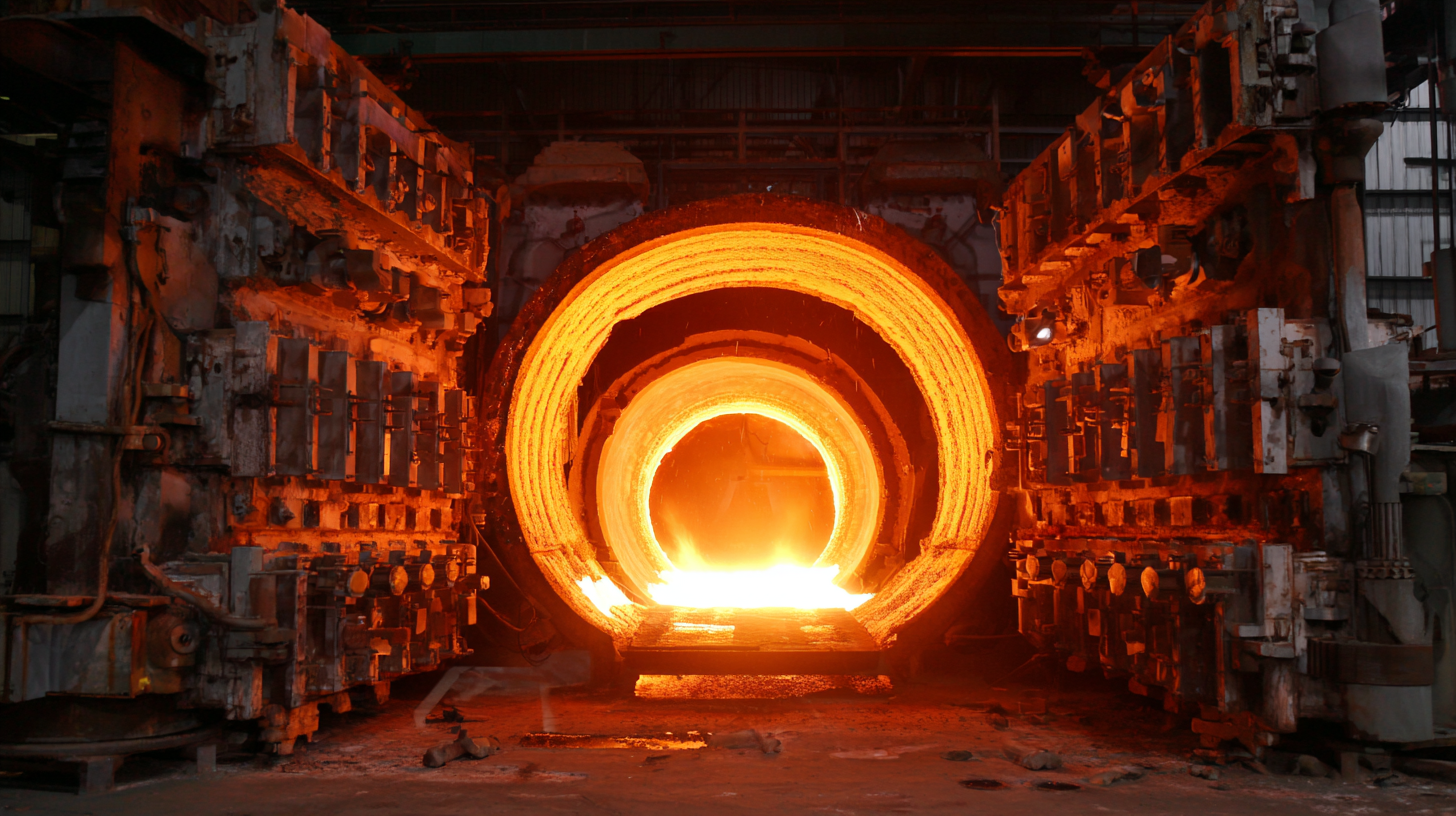
Refractory saggers play a pivotal role in the metalworking industries, particularly in high-temperature applications.
Fabricated from advanced ceramic materials, these containers are designed to withstand extreme temperatures exceeding 1700°C, making them essential for processes such as casting, sintering, and firing.
According to a report by the Global Refractory Products Market, the demand for refractory materials, including saggers, is projected to reach $27 billion by 2027, driven largely by their critical applications in the steel and aerospace sectors.
The metalworking industries rely heavily on the thermal stability and structural integrity provided by refractory saggers. In steel production, for instance, saggers aid in the efficient melting and processing of metals while minimizing contamination risks.
A recent study revealed that companies utilizing high-quality refractory materials report up to 30% reduction in energy consumption during high-temperature operations. This not only enhances productivity but also promotes environmentally friendly practices by decreasing overall emissions.
Thus, the importance of refractory saggers cannot be overstated as they contribute significantly to both operational efficiency and sustainability in the metalworking field.
Refractory saggers play a crucial role in high-temperature applications, particularly in the ceramics and metal industries. Effective refractory saggers are characterized by their high thermal resistance, durability, and ability to support heavy loads under extreme conditions. The material composition, often consisting of high alumina or silica, ensures that these saggers can withstand temperatures exceeding 1400°C without deforming. This durability allows for consistent performance and longevity, making them a vital component in processes such as firing ceramics or sintering metals.
When selecting refractory saggers, it is essential to consider their thermal shock resistance. Sudden temperature changes can lead to cracking or failure, so opting for saggers that can withstand thermal gradients is key. Additionally, ensure that the saggers possess a low thermal conductivity to minimize heat loss and maintain efficiency during high-temperature processing.
**Tips:** Always inspect saggers for any signs of wear or damage before each use to prevent failures during operation. Furthermore, ensure the saggers are correctly designed to fit the specific application, as improper sizing can lead to instability and inefficiency in the firing process.

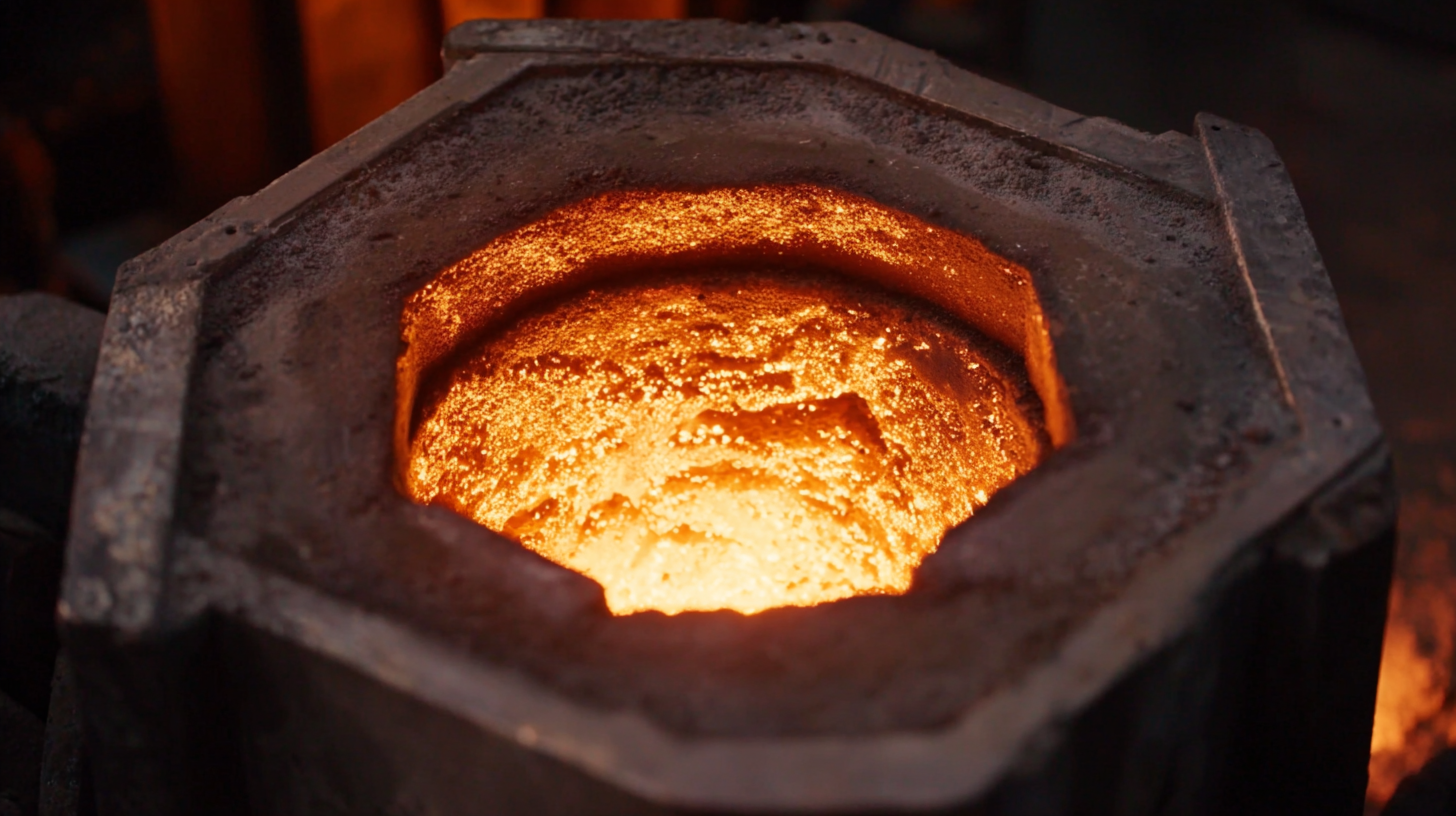 Refractory saggers are pivotal in high-temperature processes,
particularly in ceramics and metal industries, where they withstand extreme conditions. The material composition
of these saggers significantly influences their performance. Common material choices include alumina,
silica, and various zirconia blends, which are known for
their superior thermal resistance and low thermal conductivity. According to a report by the
International Journal of Applied Ceramic Technology, materials with higher alumina content can enhance the saggers'
ability to handle thermal shock, boosting their longevity and reliability in high-temperature applications.
Refractory saggers are pivotal in high-temperature processes,
particularly in ceramics and metal industries, where they withstand extreme conditions. The material composition
of these saggers significantly influences their performance. Common material choices include alumina,
silica, and various zirconia blends, which are known for
their superior thermal resistance and low thermal conductivity. According to a report by the
International Journal of Applied Ceramic Technology, materials with higher alumina content can enhance the saggers'
ability to handle thermal shock, boosting their longevity and reliability in high-temperature applications.
When selecting refractory saggers, it’s crucial to consider their thermal expansion properties. A study conducted by the American Ceramic Society found that saggers with lower thermal expansion coefficients reduce the risk of cracking during temperature fluctuations. Additionally, the specific type of bonding agent used in the composition can affect the saggers’ mechanical strength. For instance, using magnesium oxide as a bonding agent increases the resistance to slag attack, thereby prolonging their usability in furnace operations.
Tip: When evaluating refractory saggers for specific applications, always check for detailed specifications concerning thermal stability and chemical resistance to ensure optimal performance under operational conditions. This can significantly reduce maintenance costs and increase overall efficiency.
Refractory saggers play a critical role in high-temperature applications, particularly within the ceramics and glass industries. These specialized containers, designed to withstand extreme temperatures, provide essential support during the firing process. In ceramic manufacturing, saggers protect delicate items from contamination and ensure even heat distribution, crucial for achieving optimal physical and aesthetic properties. They allow for the safe stacking of ware, maximizing space in kilns while preventing direct contact between pieces, which is essential for maintaining quality.
In the glass industry, refractory saggers are equally indispensable. They are utilized during the melting and shaping processes, effectively containing molten glass and ensuring uniform heating. This is vital for producing high-quality glass products with minimal defects. Moreover, the properties of refractory materials used in saggers enhance their longevity and performance, enabling them to survive repeated high-temperature cycles. Through their durability and efficiency, refractory saggers contribute significantly to operational efficiency and product quality across both ceramics and glass manufacturing sectors.
| Application Area | Material Type | Temperature Resistance (°C) | Key Benefits |
|---|---|---|---|
| Ceramic Firing | Porcelain | 1300 | High strength, minimal distortion |
| Glass Melting | Soda-Lime Glass | 1500 | Chemical resistance, thermal stability |
| Ceramic Glazing | Stoneware | 1200 | Smooth finish, improved durability |
| Refractory Tiles | Alumina | 1800 | Excellent thermal shock resistance |
| Porcelain Enamel | Feldspathic | 1250 | High gloss finish, wear resistance |
Refractory saggers play a crucial role in high-temperature applications, particularly in industries such as ceramics, glass, and metal processing. These specialized containers are designed to withstand extreme thermal conditions, providing support and protection for materials during firing processes.
However, the maintenance and lifespan of refractory saggers are critical considerations for operators focused on maximizing efficiency and minimizing downtime. According to a report from the Refractory, Raw Materials and Products Committee, regular inspection and maintenance of saggers can prolong their lifespan by up to 30%.
Over time, refractory materials naturally degrade due to thermal cycling and chemical reactions within the furnace environment. Proper handling, including minimizing direct contact with sharp or abrasive materials, can significantly extend the lifespan of these essential tools.
Additionally, implementing advanced monitoring technologies, as highlighted in industry studies, can proactively identify potential failure points in saggers, allowing for timely replacements before catastrophic failures occur. By prioritizing maintenance and adopting smart practices, businesses can ensure that their high-temperature processes run smoothly and efficiently, thus enhancing overall productivity and reducing operational costs.
